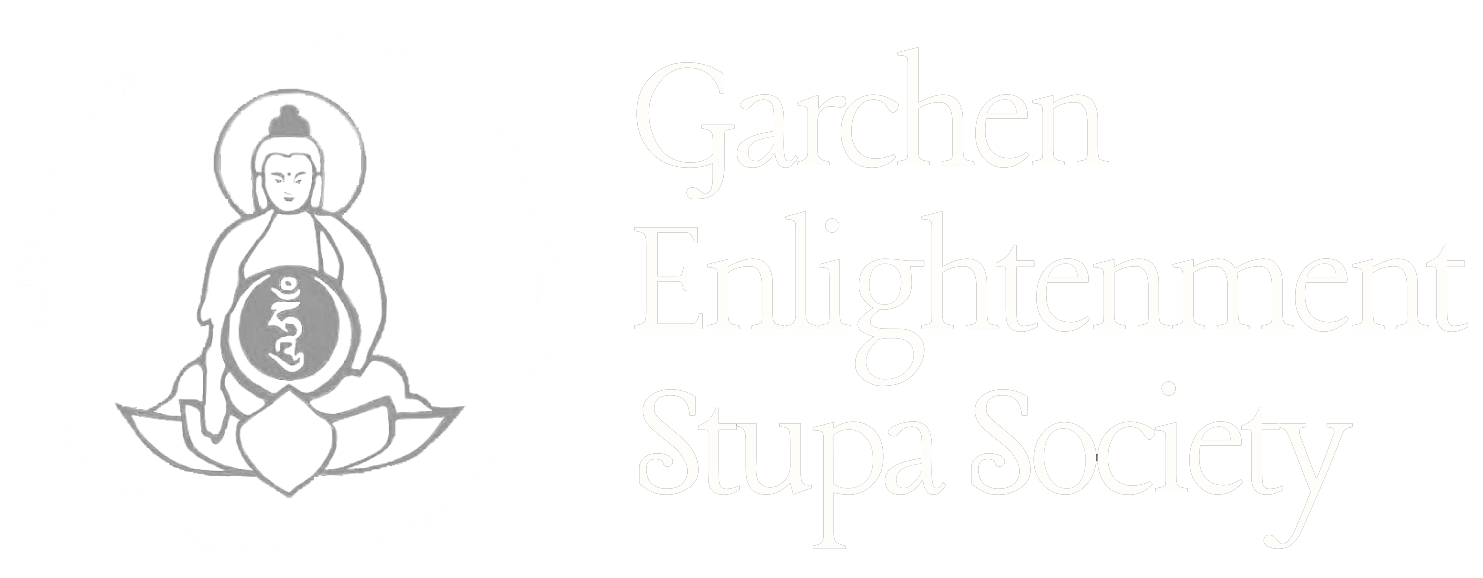Who is Buddha Shakyamuni?
The founder of Buddhism, Buddha Shakyamuni, the historical Buddha, was born six centuries before the Christian era in Northern India, at the foot of the Himalayas, nowadays known as Nepal, in the then governing militar aristocratic family. His name derives from Shakya, the name of the royal family he was born into, and muni, that means “to be apt”. Historically he is also known as Sidharta Gautama.
Not satisfied with palatial life, Sidharta renounced to it and became a wondering ascetic devoted to finding the answer to suffering. He lived a life of self-sacrifice and discipline and calmed his mind in exchange for the near destruction of his body; however, he did not know the root of pain or its definite extinction. After six years, his body was highly weakened and close to death, and yet he was not any closer to his objective as he was at the beginning of his journey. He realized that self-denial was an obstacle for self-discovery, just as much as self-indulgence. After regaining his health, he sat in profound meditation. He broke from all mind distractions and decided with unbreakable resolve not to interrupt his meditation until achieving the state of supreme consciousness known as enlightenment. Upon achievement, he became Buddha or “The Awakened One”. From that moment on, he was called Buddha Shakyamuni; the wise man of the Shakya clan.
What does the mantra Om Mani Padme Hum mean?
According to teachers of Tibetan Buddhism, the whole collection of Buddha teachings is contained in the mantra Om Mani Padme Hum.
It is believed that reciting it, whether mentally or externally, one evokes the powerful and benevolent attention of Chenrezig, the Buddha’s expression of compassion. Seeing it written down has the same effect. Similarly occurs when making the mantra spin on its written form in a prayer wheel.
The Venerable Khenpo Samdup shares the following Dharmic teaching relative to the different interpretations of the meaning that the Tibetan mantra Om Mani Padme Hum has.
Each syllable is related to one of the Six Perfections or Paramitas:
OM: Generosity
MA: Ethics
NI: Patience
PAD: Diligence
ME: Concentration
HUM: Wisdom
Each syllable is an antidote to purify imperfections in each of the six realms of existence:
OM: Pride in the god realm
MA: Envy in the semi-god realm
NI: Self-grasping in the human realm
PAD: Ignorance in the animal realm
ME: Greed in the hungry ghost realm
HUM: Hate in the infernal realm
Each syllable is a mantra in itself:
OM: For the body of the Buddhas
MA: For the speech of the Buddhas
NI: For the mind of the Buddhas
PAD: For the virtues of the Buddhas
ME: For the actions of the Buddhas
HUM: For the sum of graces of the body, speech, mind, virtues, and actions of the Buddhas.
Syllables that come in pairs represent the qualities that take us towards the understanding of our own Buddha mind.
OM: Represents the body, speech, and mind as expressions of our own potential Buddhahood.
MANI: Signifies our own compassion, love and bodhicitta.
PADME: Represents our own wisdom and the necessary courage to walk the path.
HUM: Represents the union of these qualities.
His Holiness the Dalai Lama, the Bodhisattva of Compassion, explains:
“It is very beneficial to recite the mantra Om Mani Padme Hum, but while you do so you should also think about the significance of the six syllables, as it is wide and vast”.
Is Buddhism a religion or a philosophy?
A common debate among people in modern time, especially between westerners, is whether Buddhism is a religion, a philosophy, or a way of life. While it is practiced as a religion in many Asian countries, Buddha´s teachings, known as Dharma, are not only practiced by Buddhists, nor are they only beneficial to them.
The authentic meaning and objective of Dharmic practices is to provide happiness and inner peace. True happiness can only arise from within and can only be developed internally.
We study Buddha’s teachings to develop happiness, as Dharma explains the path towards perfect happiness and provides us with the tools needed to develop inner peace. Through its study, we learn many methods to dissipate our problems, suffering, anguish, and concerns.

